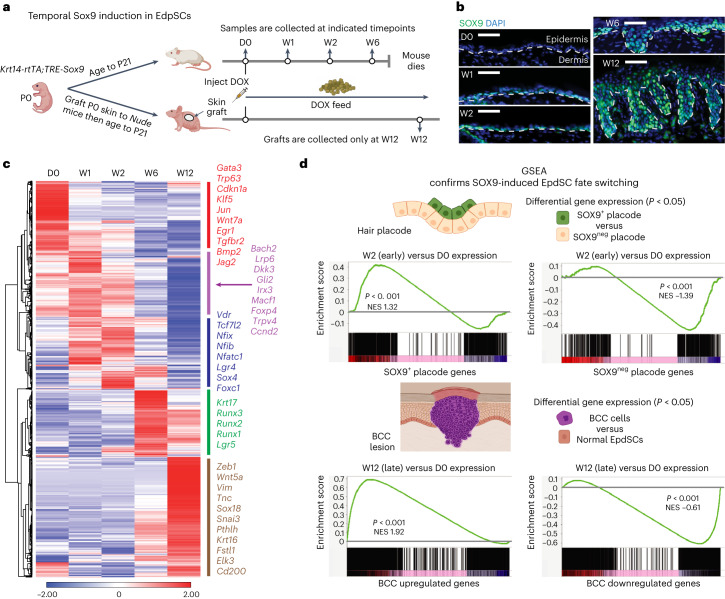Fig. 1. In EpdSCs of adult skin, sustained SOX9 re-activation silences the epidermal while activating the hair follicle and subsequently BCC fates.
a, Schematic of SOX9 induction in EpdSCs of adult and post-engrafted skin. b, Immunofluorescence reveals the appearance of nuclear SOX9 in EpdSCs after DOX induction. Dotted lines denote epidermal–dermal borders. Scale bars, 50 μm. c, Heat map of temporal RNA-seq data shows significantly variable genes (DESeq2 Wald test, adjusted P value <0.05) across combined independent replicates (r > 0.94) of each of five indicated timepoints. Hierarchical clustering revealed five distinct patterns, shown as coloured bars on the right with representative transcripts indicative of specific fates. d, GSEA of W2 versus D0 SOX9-induced expression changes in adult EpdSCs compared with SOX9+ and SOX9neg wild-type placode gene signatures from embryonic day E15.5 (top) (Kolmogorov–Smirnov test, P < 0.001 for both gene sets), and W12 versus D0 SOX9-induced EpdSC expression changes compared to BCC upregulated and downregulated signatures (bottom) (Kolmogorov–Smirnov test, P < 0.001 for both gene sets). NES, normalized enrichment score.

